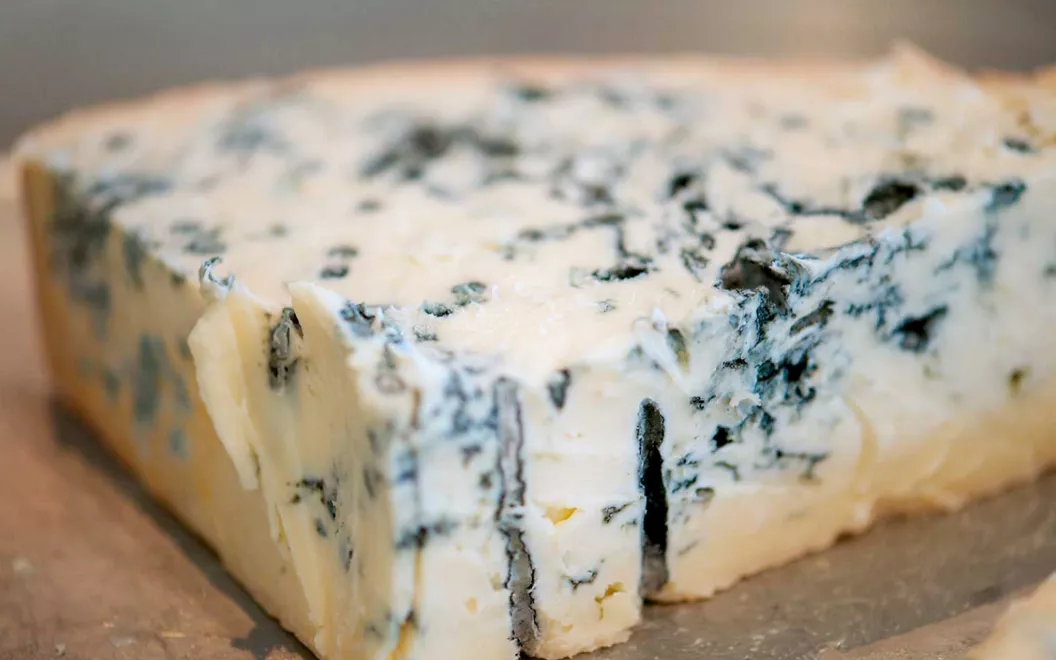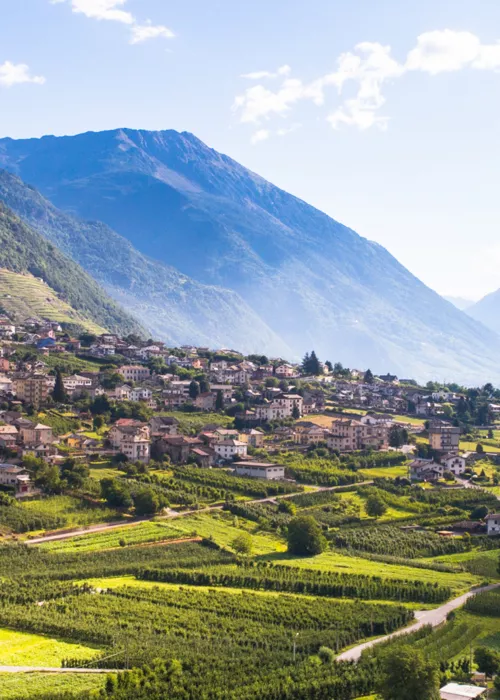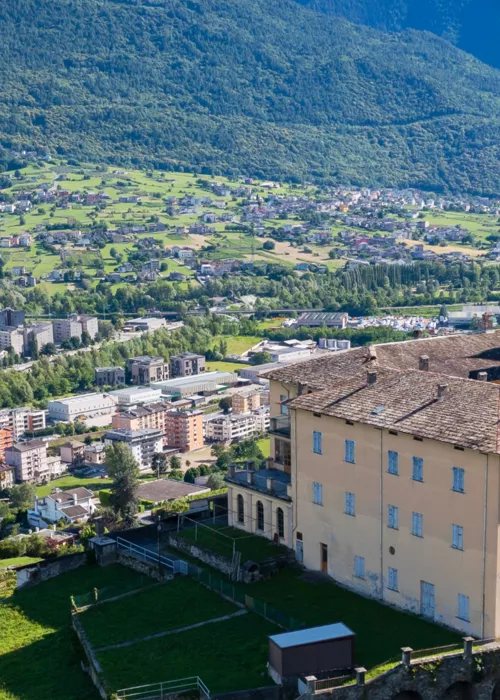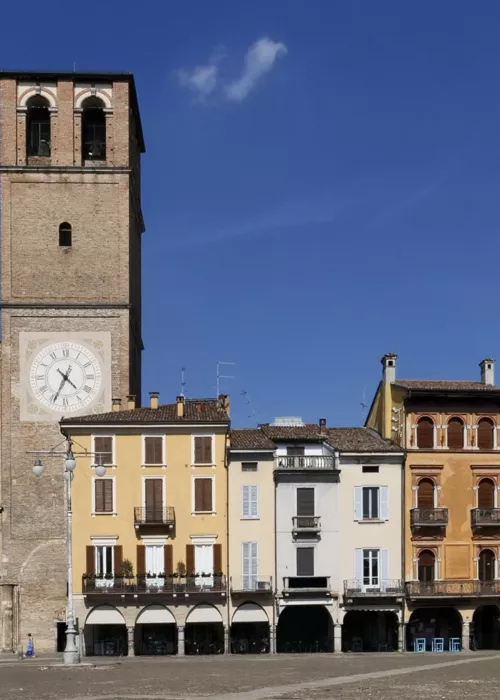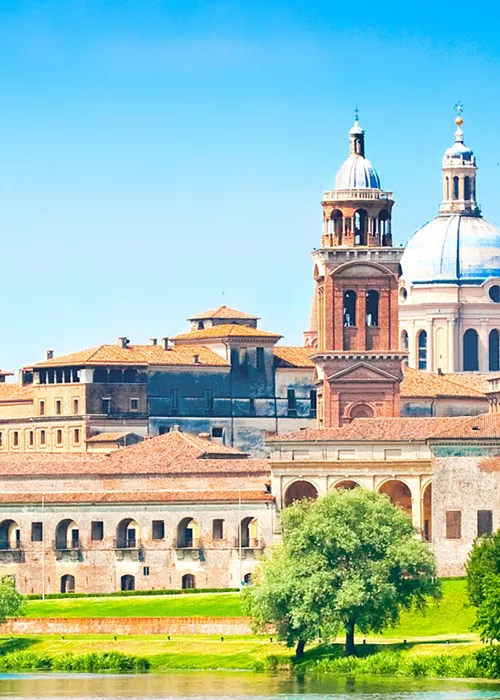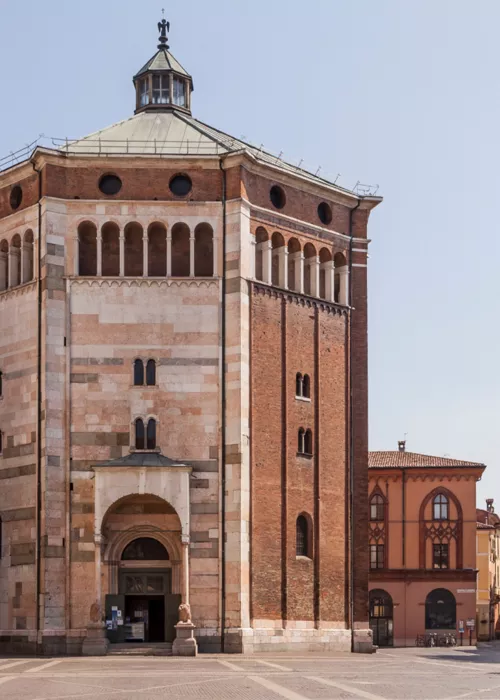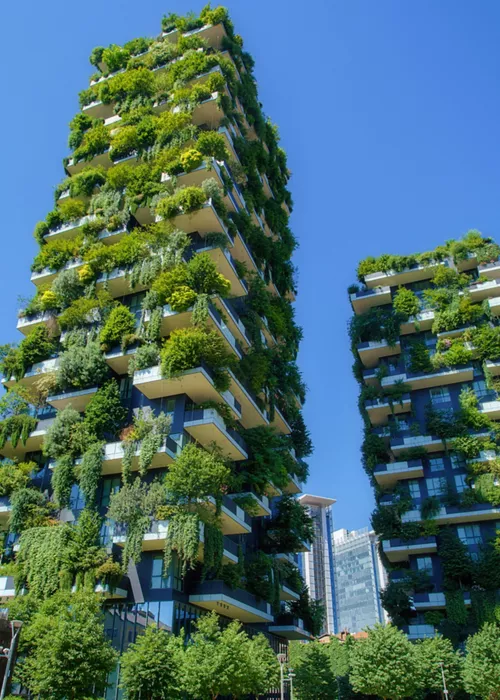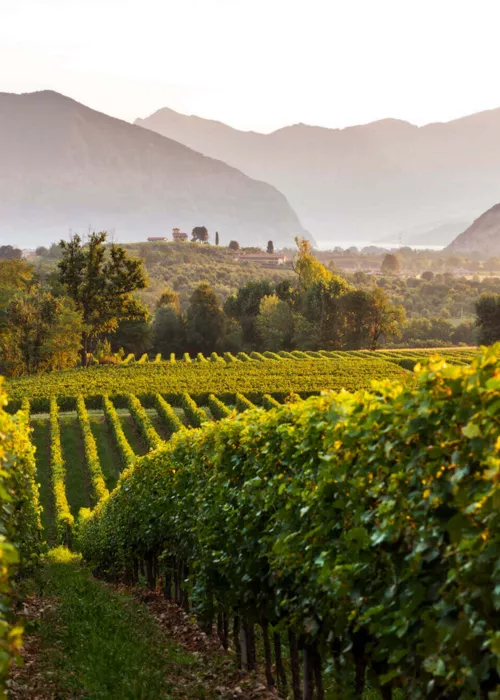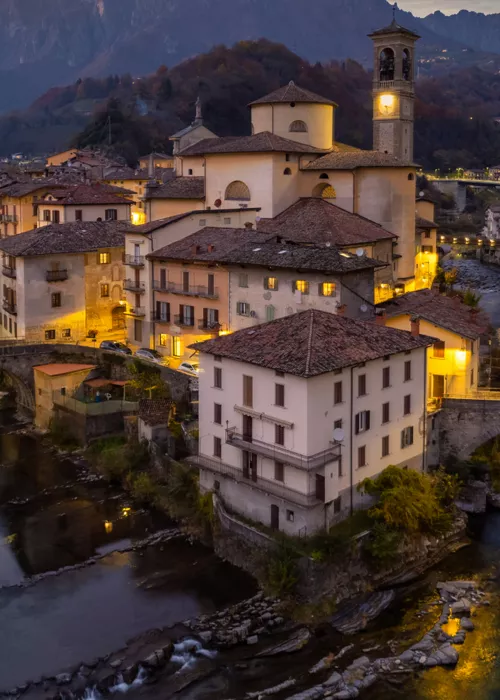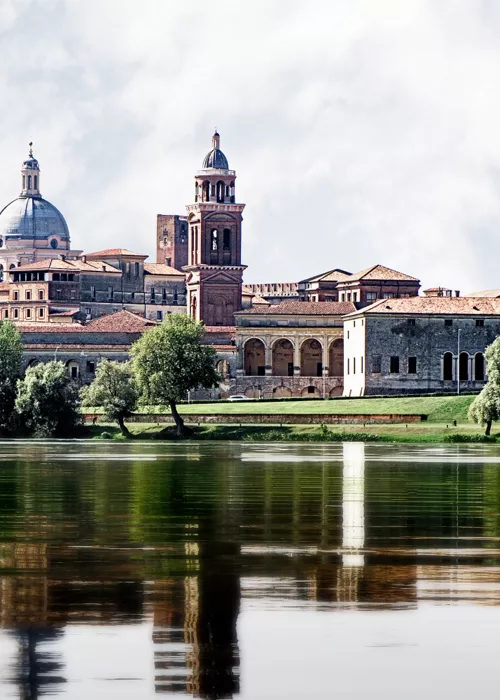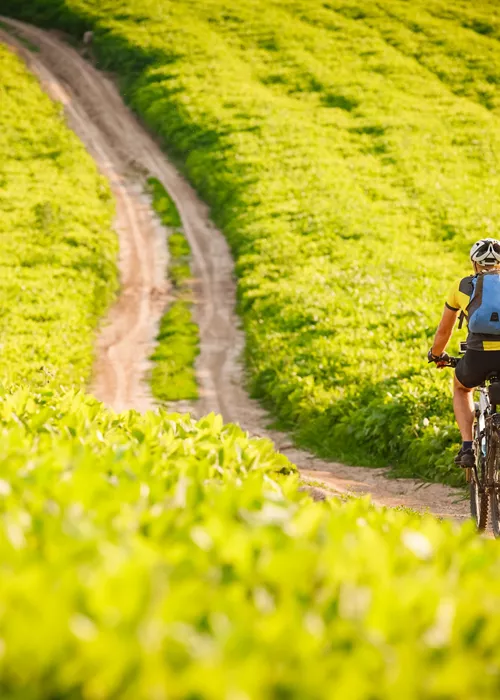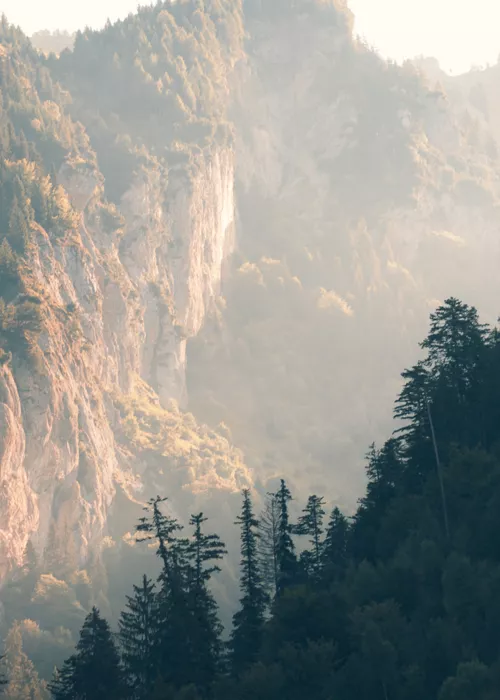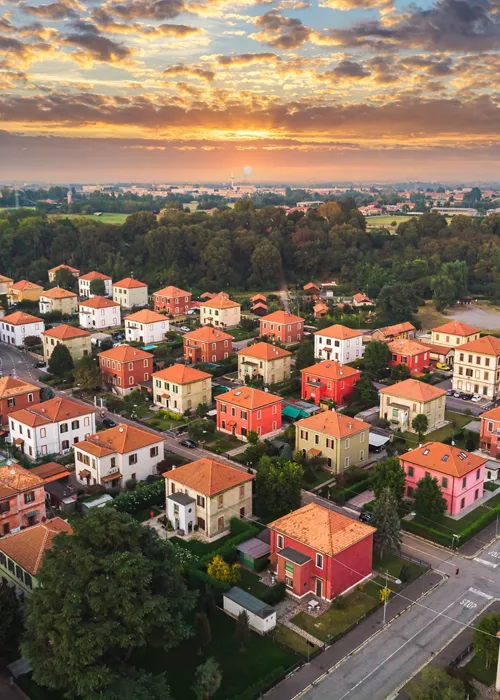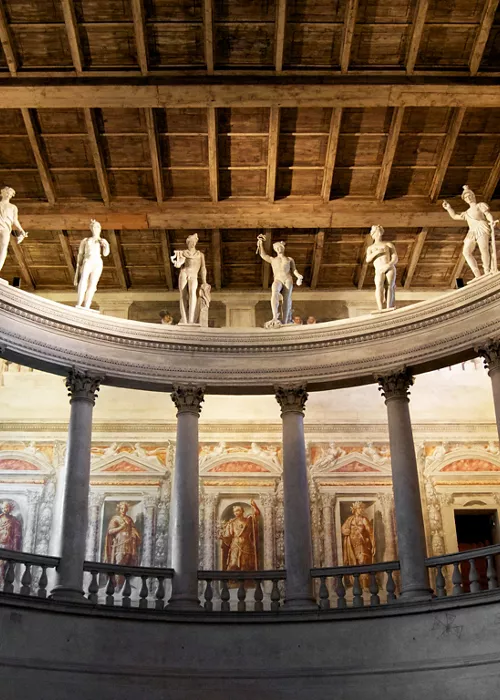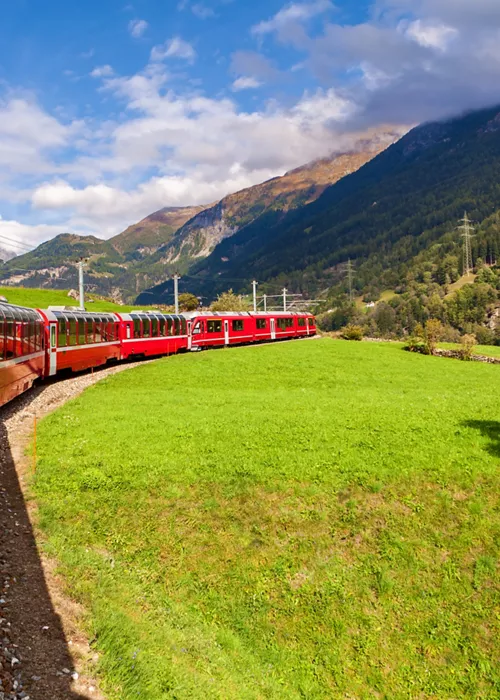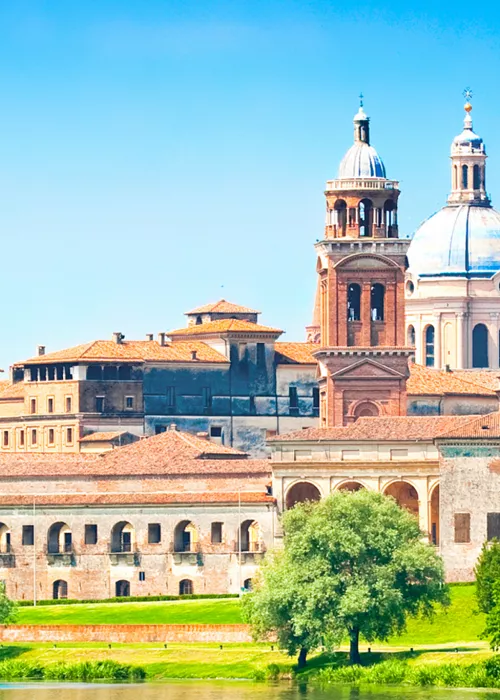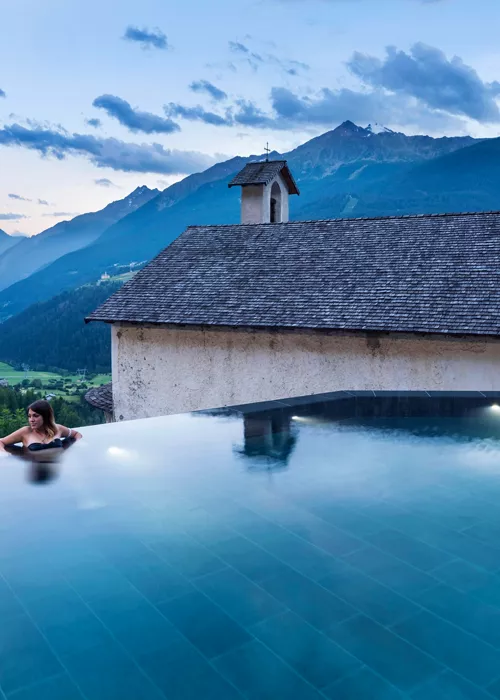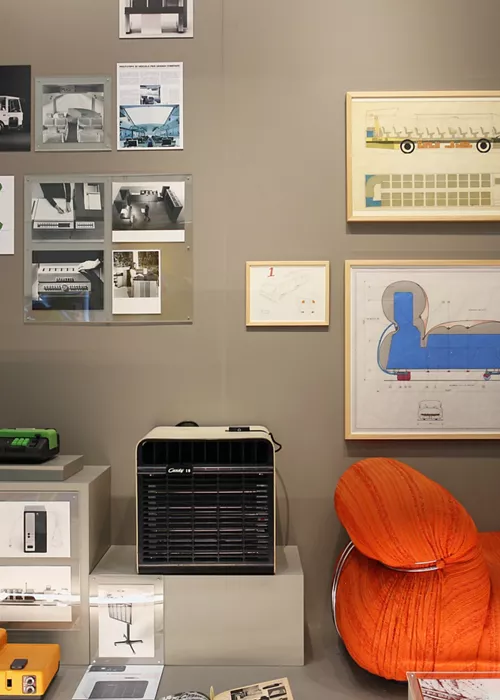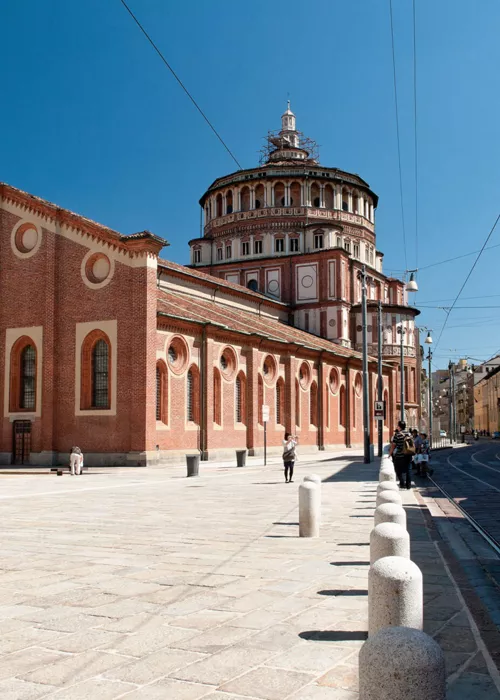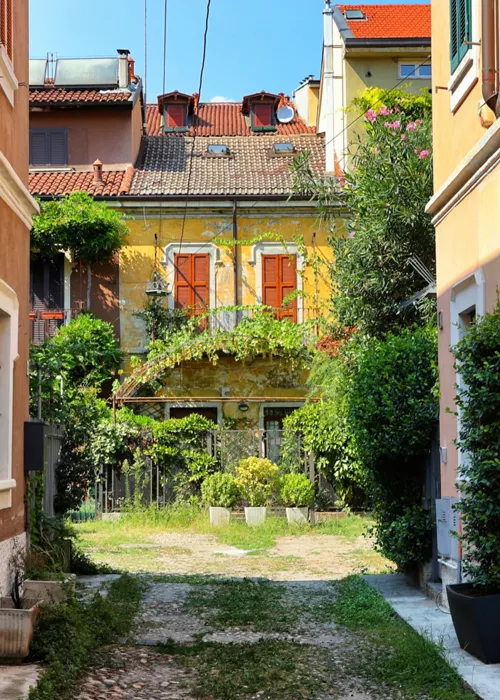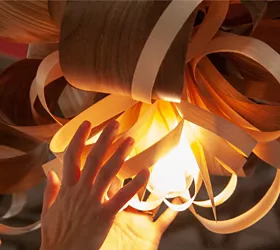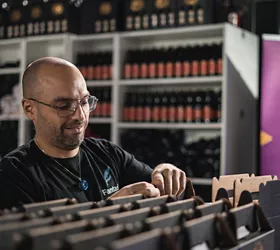The Lombardy region by way of Edu Guedes’ pizza
3 minutes
The history of Gorgonzola cheese and other culinary delights of Lombardy
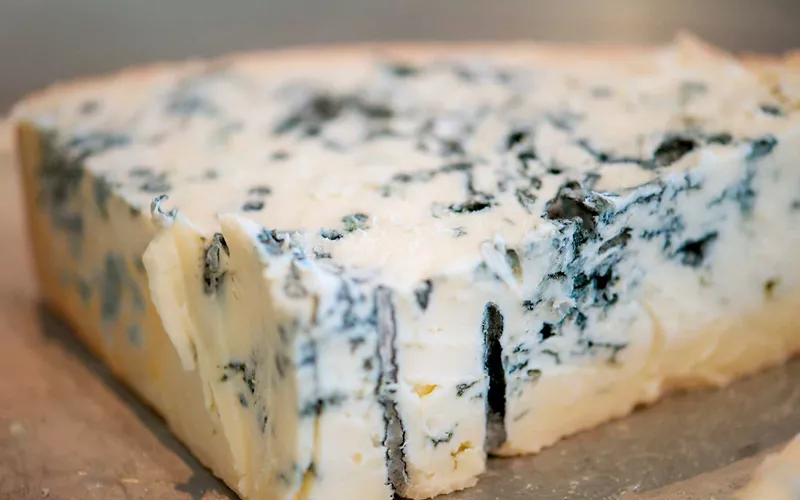
According to legend, a young cheesemaker who was in love with his master's daughter, distracted by the thought of her beauty, absent-mindedly mixed two different curds, which formed a strange cheese. Gorgonzola was thus born by mistake.
The cheese takes its name from the Lombardy town near Milan where it was invented, it is not known exactly when, and although the first historical evidence dates back to the 15th century it may have an even older origin.
In addition to being delicious, Gorgonzola is also good for you: its beneficial properties have been known since the late Middle Ages, when it was used to treat gastrointestinal disorders. This is because the purest milk is used to produce it, which best allows its characteristic moulds to develop.
Today, this delicious uncooked cheese with its straw-white colour, characterised by its marbling, i.e. its green/blue colouring, with its almost 5 million wheels per year is the second most produced PDO cheese in the world, preceded only by another typical Lombardy product, Grana Padano. Gorgonzola is curdled between 28 and 32 degrees, with calf rennet: almost a quintal of milk is needed to make a single 12-kilo wheel.
It is prepared by layering with cooled curds: after a few days it is dry salted, which takes several days in rooms with a temperature that must remain between 18 and 20 degrees. Maturation is very important: it can last from a minimum of two to more than three months, in a humid environment between 2 and 4 degrees. During this maturing phase, the wheel is punctured several times, to encourage the development of the pennicillum strain, characteristic of Gorgonzola because it gives it its typical greenish colour. There are two types: besides the classic sweet, creamy, soft-paste Gorzongola, with its special and characteristic flavour (and smell too), there is also the spicy one, with a stronger flavour and more compact in shape.
Gorgonzola is the star of a number of typical dishes in Lombardy cuisine, in particular potato gnocchi with Gorgonzola, also called 'gnoch di mùrador’ - meaning 'of the mason’ - due to their consistency. Every year, the town that gave it its name celebrates its most famous product in the Sagra del Gorzongola, held at the end of September.
Beyond Gorgonzola
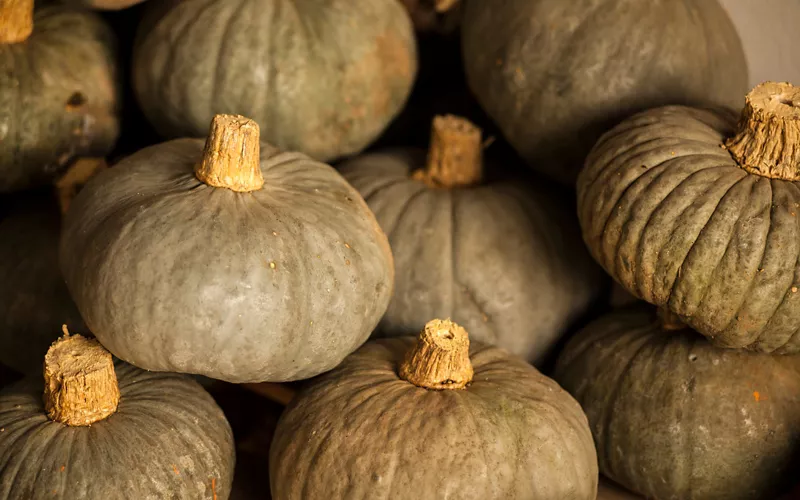
This legendary cheese is just one of the jewels of Lombardy's gastronomy, which boasts no fewer than 34 PDO and PGI certified products and 13 Slow Food presidia. Examples include the Bresaola della Valtellina IGP, with its inimitable flavour, which is aided by the clear air that descends from the heart of the Alps and contributes to its gradual maturing, but also by the ability to choose the best cuts of cattle and the natural flavours measured out by the producers in the province of Sondrio, heirs to the ancient recipes with which this cured meat has always been prepared. Or the typical Lodigiano cheeses, an unparalleled trio that includes Granone, the progenitor of all Grana cheeses, Pannerone, with its buttery flavour and bitter aftertaste, and the very sweet Mascarpone, whose name derives from the Mascherpa dialect meaning 'milk cream'.
In Mantua, on the other hand, the star is pumpkin, used in the preparation of exquisite tortelli, while in the Lomellina region you can sample a rice that has five centuries of cultivation behind it.
There is no shortage of sweets, such as Sbrisolona di Mantova, Torrone di Cremona and, of course, Panettone, the true institution of Christmas sweets, which comes from Milan.

